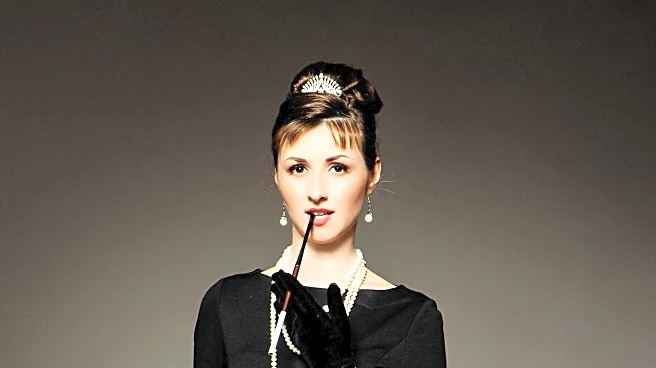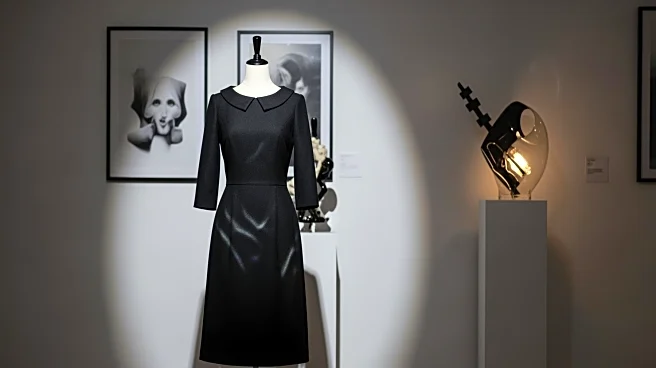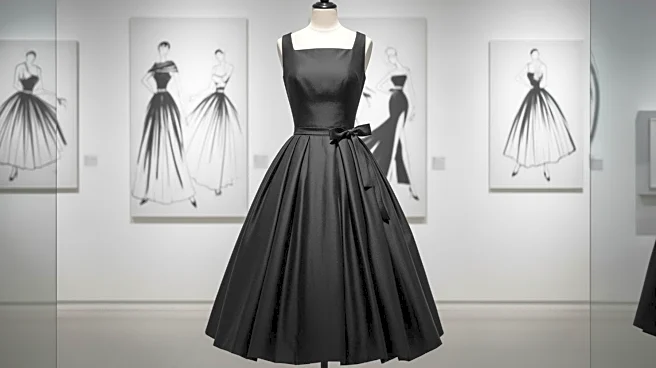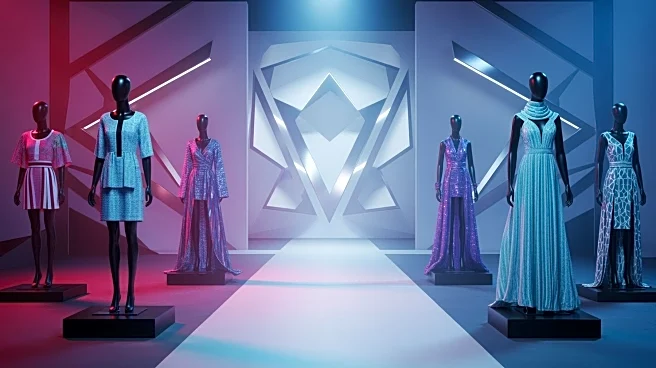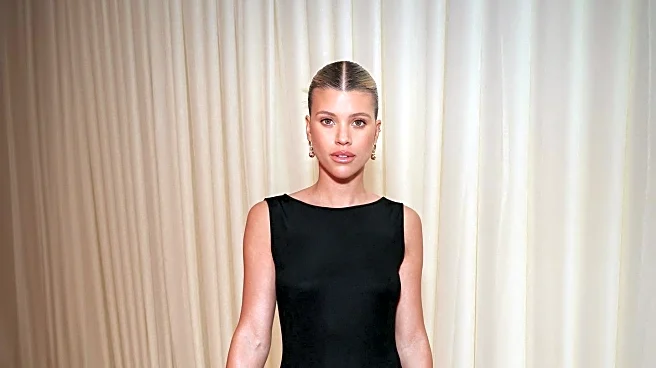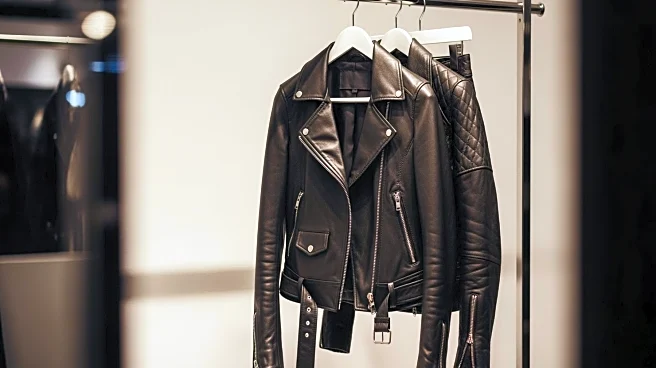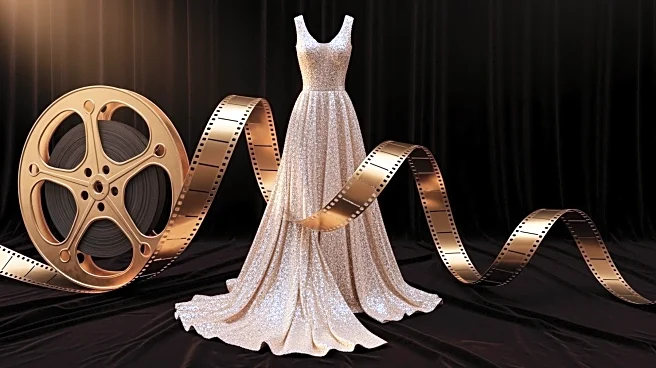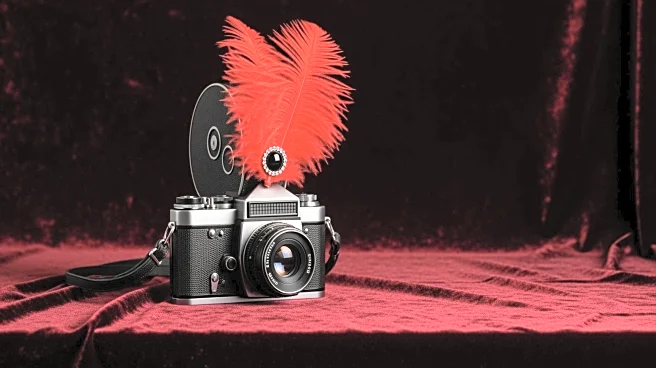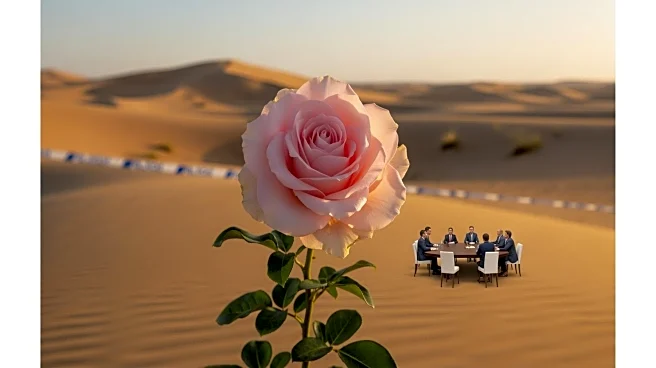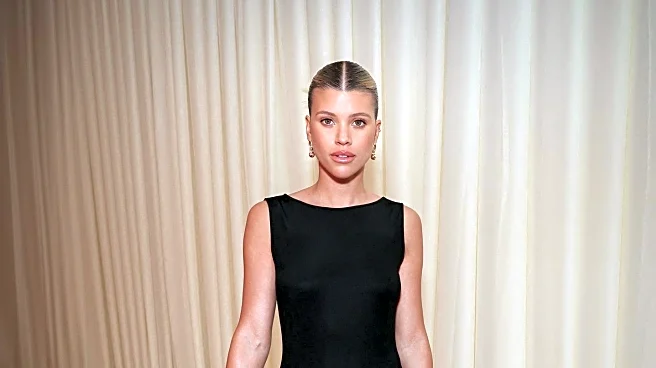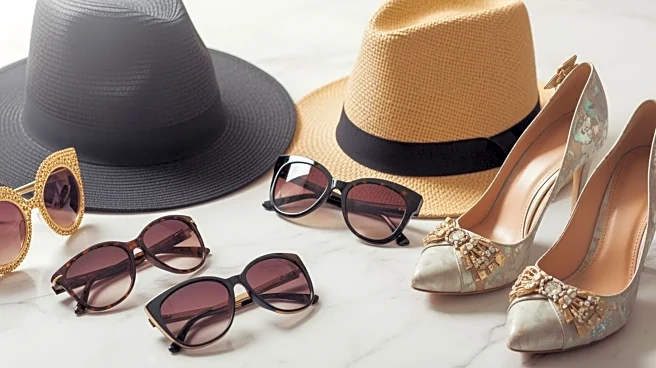What's Happening?
The Vogue World 2025: Hollywood runway event featured a significant moment in fashion history by showcasing a reproduction of Audrey Hepburn's iconic black dress from the film Breakfast at Tiffany's. Paramount
Studios collaborated with Vogue to present a 1960 heritage reproduction of the dress, originally designed by Hubert de Givenchy for the film. The dress, known for its elegant boatneck and timeless style, was part of Givenchy's fall 1960 haute couture collection. The event highlighted the intersection of fashion and film, celebrating the enduring influence of Hepburn's style. Model Olivia Petersen wore one of the replicas on the runway, bringing the classic look to a new audience.
Why It's Important?
This event underscores the lasting impact of classic film fashion on contemporary style. Audrey Hepburn's dress from Breakfast at Tiffany's is not just a piece of clothing but a cultural icon that continues to inspire designers and fashion enthusiasts. By featuring this dress, Vogue World 2025 highlights the timeless nature of certain fashion pieces and their ability to transcend generations. This celebration of fashion history can influence current trends, encouraging designers to draw inspiration from past masterpieces. It also reinforces the importance of preserving and revisiting fashion archives, which can serve as a rich resource for creativity and innovation in the industry.
What's Next?
The showcasing of such an iconic piece may lead to increased interest in vintage fashion and the revival of classic styles in modern collections. Designers might explore more collaborations with film studios to bring other iconic film costumes to contemporary runways. Additionally, fashion houses could see a rise in demand for reproductions of classic pieces, prompting them to delve into their archives for inspiration. This event could also spark discussions on the preservation of fashion history and the role of fashion in cultural storytelling.
Beyond the Headlines
The event highlights the ethical considerations of fashion reproduction and the importance of crediting original designers. It also raises questions about the commercialization of iconic fashion pieces and their accessibility to the public. The cultural significance of such pieces can lead to discussions about the role of fashion in shaping societal norms and values. Furthermore, the event may inspire a renewed appreciation for the craftsmanship and artistry involved in haute couture, encouraging a deeper understanding of fashion as an art form.
